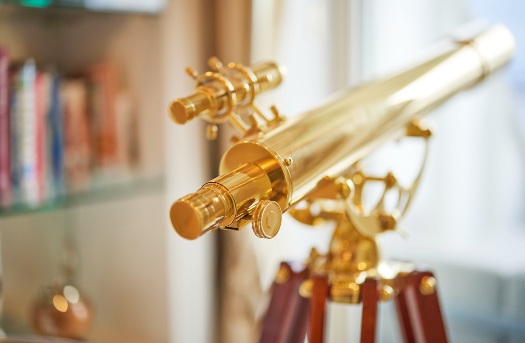A Unique View Into Korea’s Past, Pig-Friendly Outhouses And A Dying Art
After a leisurely morning at sea we arrived at the dock in Cheju, South Korea, and were immediately greeted with a lively display of Korean folk dancing.

Cheju lies at the southern tip of South Korea and is the largest island in the country. It has become a destination for honeymooners and vacationers from all over Asia and has earned a designation on the World Heritage List for its exceptional lava tube caves. With a population of just over 600,000 we were expecting a fairly quiet place rather that the large cities we recently visited. That was not the case as we observed when we took the afternoon tour to a folk village and Sunrise Peak.
There were six lane highways bustling with traffic running next to the numerous tangerine groves. The soil here isn’t conducive to rice-growing. The first stop on our visit was the Seongup Folk Village. We had a cute guide named Kim who gave us a bit of history and also shared her personal story of having spent the first 5 years of her life in a house similar to the ones we would be seeing. Seongup is a well-preserved, traditional agricultural village where 3,000 of the houses are still occupied. It provides a unique view into the past. The statue below greeted us at the entrance of the village.

The homes are built of lava rock and topped with thatched roofs that have to be replaced every year. Apparently this is the one task that is expected of the men. The women do everything else.

Kim showed us a house similar to the one she remembers from childhood and saw the very spare interior we have come to expect. She recalled how the houses were very cold in winter but made warm by fires lit in stone pots under the house. This would warm the floor where everyone slept bundled in blankets.

Her funniest story concerned the “outhouse” which was actually the pig sty. She explained that as a young child she was terrified to go to the latrine because (and she demonstrated this) she had to perch on the edge of the stone wall and do her business while the pigs roamed below. There was a stick with a nail in the end, if the pigs became too aggressive and she had to fend them off. Indoor plumbing is definitely underrated.

In the courtyard of an occupied house we saw the multipurpose baskets that are used to carry water jugs, as well hold infants while their mothers worked in the fields.

Next stop was Sunrise Peak. Hallasan, a long extinct volcano, towers over the island and a national park has sprung up around it. It reaches up nearly 7,000 feet. It is possible to climb to the top but it takes several hours and probably more stamina than our group possessed. Instead, we drove to the Seongsang Ilchubong Tuff Cone, also known as Sunrise Peak, which is on the eastern tip of the island.

There are reportedly over 600 steps to climb but everything is in very good shape. There are handrails everywhere and the steps are even and smooth. We stopped a couple of times on the way up, ostensibly to take pictures, but catching our breath was a nice bonus.



Another attraction here is the Haenyea – women divers who plunge as deep as 60′ to capture marine life. Unfortunately the winds were too rough today for them to go down. Kim told us that this is possibly a dying art because most of the women are aged 60-80 with the youngest being 40. Apparently the younger girls are simply not interested in pursuing this occupation. A decision I could understand, as I headed back to the Ship for a wonderful 6:00 facial. Some in-room dining, a movie and an early bed time.
Ready to learn more?
Determine whether life aboard The World is the right fit for you. Talk to one of our Residential Advisors today to learn more about this unique lifestyle, details of upcoming Journeys and Expeditions, and ownership opportunities.



